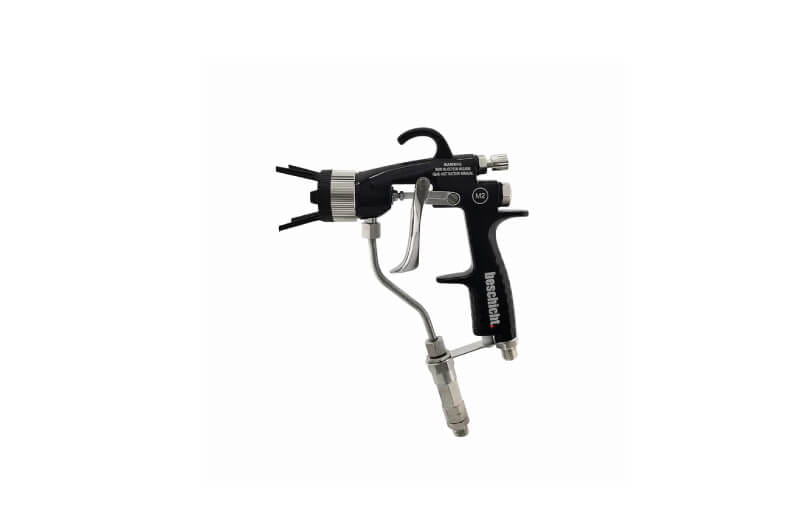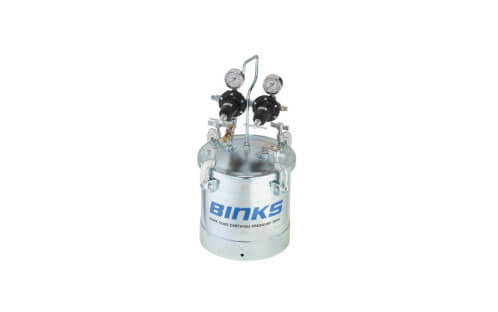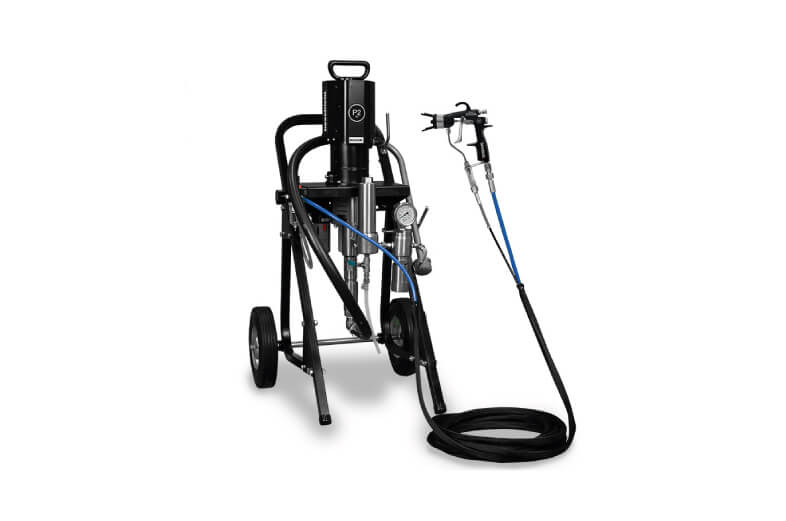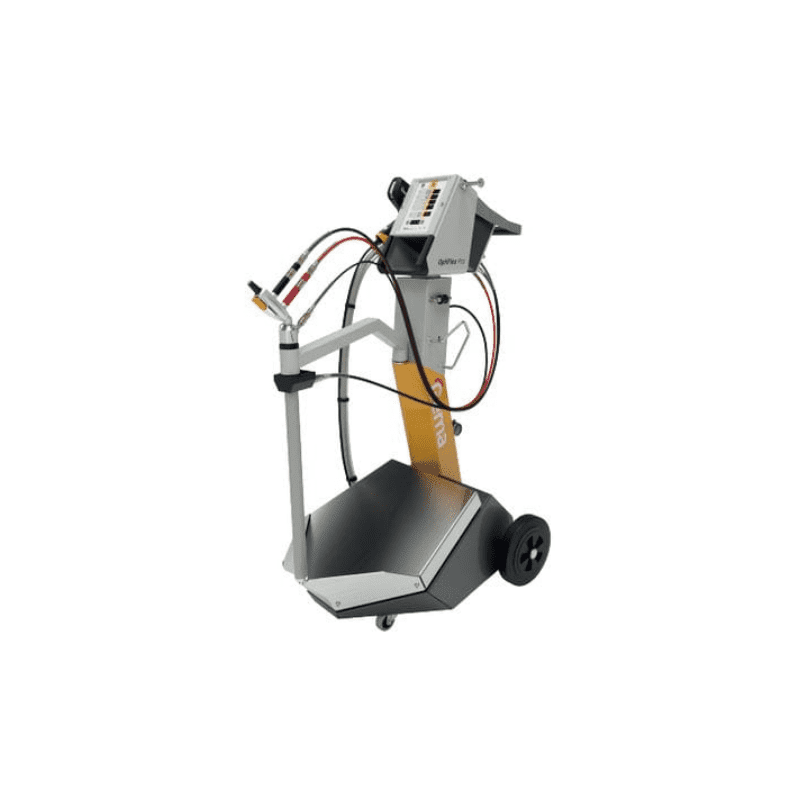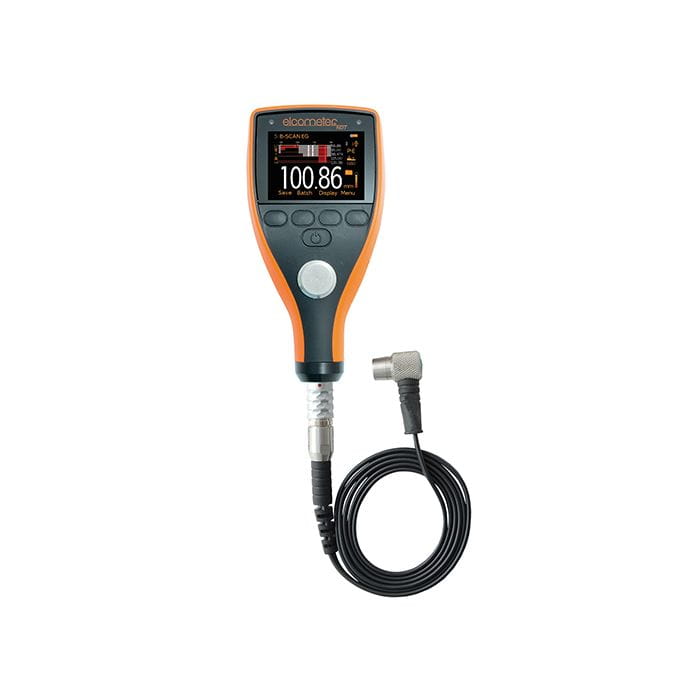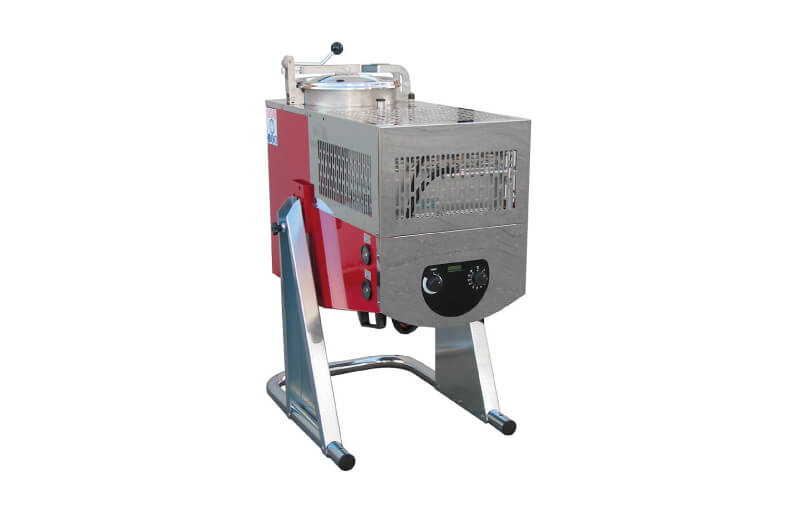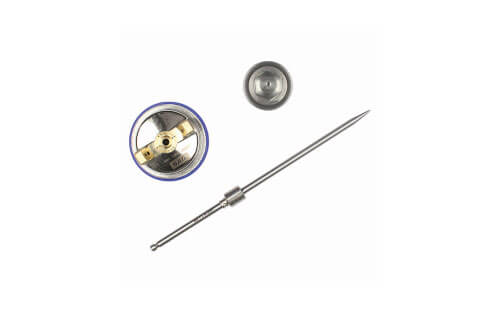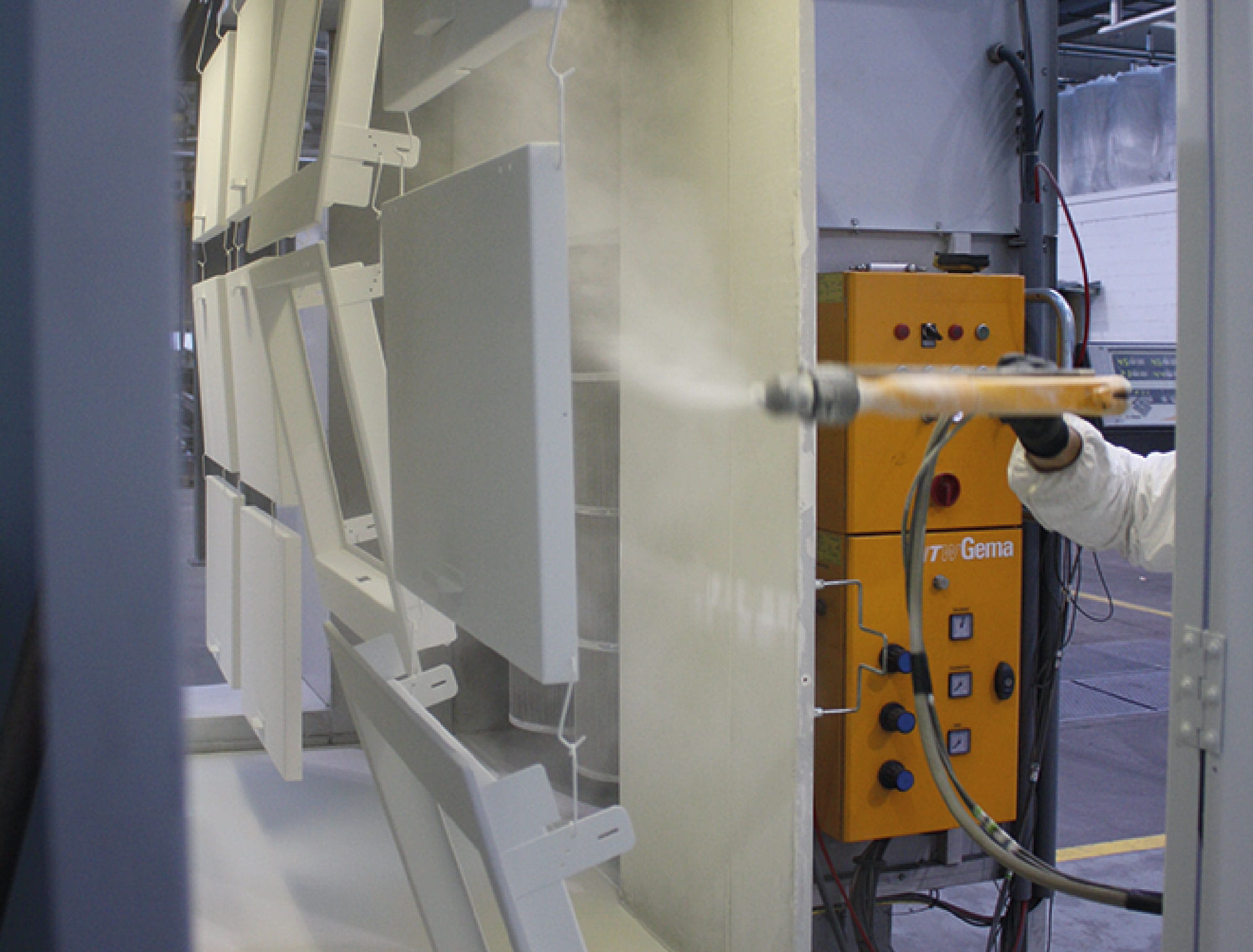Flow defects in powder coating: identifying and eliminating causes
Flow defects are a common problem in powder coating that can impair the aesthetics and quality of the coated surface. This phenomenon manifests itself in uneven surface structures, which are particularly noticeable with large-area or uniform colour applications. Below, we explain the most common causes and provide practical solutions based on recommendations from GEMA.
1. Unsuitable powder properties
A powder with too coarse a grain size distribution can lead to uneven surfaces.
Solution: Contact your powder supplier to obtain a suitable powder with optimal grain size distribution.
2. Contamination by foreign powder
Mixing different powders or insufficient cleaning of the system can lead to contamination, which causes flow problems.
Solution: Ensure that the equipment is thoroughly cleaned, especially when changing colours, to prevent contamination.
3. Insufficient fluidisation
Insufficient fluidisation of the powder in the container can lead to uneven powder flow and flow problems.
Solution: Check the fluidisation pressure and ensure that the fluidisation plates are clean and in good working order.
4. Unsuitable application technique
Incorrect gun guidance or insufficient overlap of the spray patterns can lead to uneven powder application and flow problems.
Solution: Ensure that the gun is guided evenly with sufficient overlap of the spray patterns. Training and regular checks of the application technique can help to minimise this problem.
5. Unsuitable baking conditions
Insufficient or uneven baking temperatures can have a negative effect on the surface structure.
Solution: Check the curing conditions and ensure that the temperature and curing time comply with the powder manufacturer's recommendations.
By observing these points and regularly maintaining your equipment, you can increase the efficiency of your powder coating processes and avoid quality problems.

